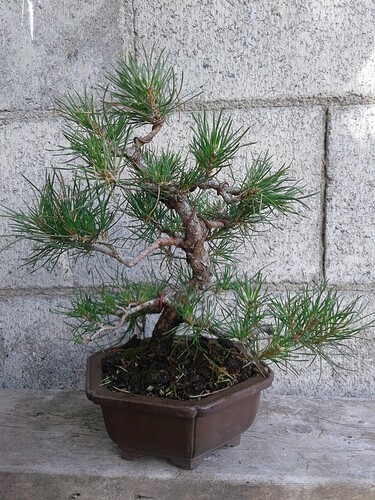Staining and Identification. Good information! Up until now I have just been working on how to use the microscope and seeing them. The microscope arrived last week and I don’t even have my test tube rack yet. But identification and population are definitely the next steps.
Further, it has been years since I have had to keep a lab notebook. Between work, daily responsibilities, and all the vodka my doctor requires me to drink I have to relearn what needs to go in the lab notes.
Publishable? Eh … not from an amature, but it might be helpful to others and it might be enough for a real scientist to pick it up and do an actual research project. Personally, at this point I’m just having a bunch of fun looking at little creepy crawlies and learning to use a microscope.
As a side note, one of the materials I use in my bonsai mix is diatomaceous earth. In the samples I kept seeing these beautiful mineral structures. It finally dawned on me that I was looking at ancient diatom shells. In a small way, breath taking, and just really cool!
Question:
Keeping track of moisture and temperature had not occurred to me but now that you bring it up that sounds like an important detail. Would it be enough to take those measurements when I take the sample or would this need to be a daily measurement? I’m always poking around my trees every day so doing it daily wouldn’t be a burden.
The trees being tested are 6 “bloodleaf” maples.
The fertilizer is Alaska Morbloom Organic Fertilizer 0-10-10 and Alaska Fish Emulsion Organic Fertilizer 5-1-1 depending on the time of year. Right now I am feeding them 0-10-10 and will be keeping that up until just before spring.
The water Ph is about 6.2 averaged over 5 samples on 5 different days. Also, I have an inline filter that takes out the chlorine and chloramines. Home testing kits I have used don’t detect any chlorines or chloramines after I installed the filter so I would assume that very little actually gets through the filter.
One thing that I find surprising is the number of multicellular creatures in the A group. Nematodes, tardigrades and arthropods all living in the soil where as they have not yet been observed in the B group.





 subsequently I don’t have any images or videos to share yet.
subsequently I don’t have any images or videos to share yet. … Edit time run out while I was editing…)
… Edit time run out while I was editing…)